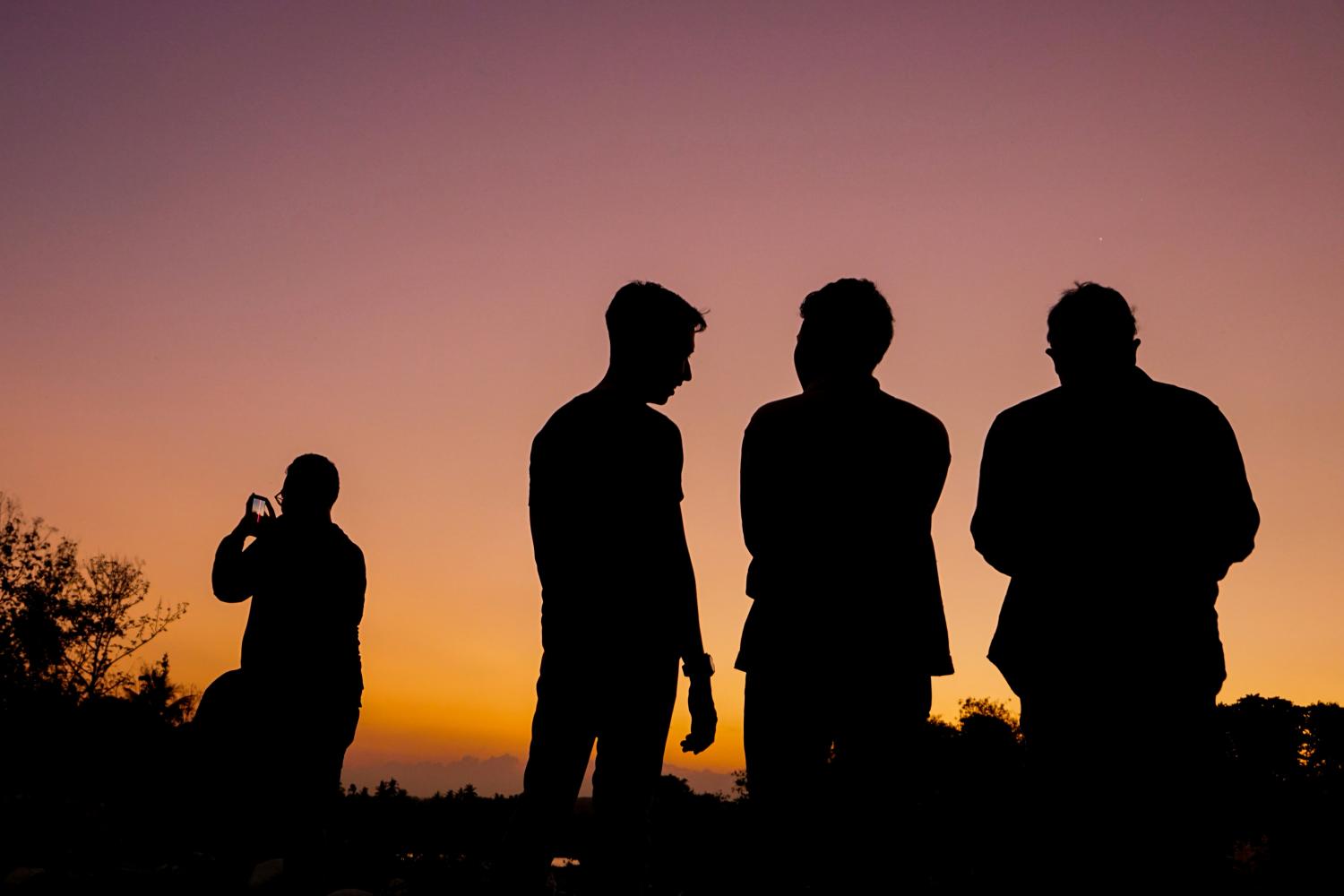
Online images rarely reveal someone when they are at their worst. Most aim to present the best version of a person, complete with a sense of confidence and competence. To help with this process, common forms of digital technology allow users to alter the image that they present to others. Changing backgrounds, removing blemishes, and adding various lighting filters allows one to govern what is shown to the world. This ability to edit digital imagery creates new techniques in the visual arts. Yet it can also underscore a perverse mentality that believes we can create our own reality and manage the impressions and expectations of those around us.
The latest applications of AI technology allow users to generate avatars of themselves, which are quickly gaining popularity. This technology produces computer-driven images or icons of a person based on desired styles or characteristics. These avatars might remain a harmless adaptation of a personal photo, becoming a digital symbol and a personal signature. Yet it is also likely that such avatars will become increasingly interactive through advances in AI technology. Might it be feasible for someone to join an online video conference call, and instead of using live video-feed, a person chooses to display themselves through an AI-generated avatar that speaks for them through animation? Might it be possible for someone to hide behind an animated version of themselves online without ever revealing their true identity to others? If so, new social rules and expectations will need be needed in how much others are allowed to know about those with whom they communicate, as is already occurring in 3D virtual realms. These shifts will not only impact social media exchanges and live chat rooms, they will also challenge how colleagues will interact in the arenas of business and education.
Written and spoken communication has always been aimed at depicting a particular narrative or points of information. These portrayals could be rooted in the truth with a sense of beauty and accuracy, or they could depict a caricature or false narrative about reality. Current advances in AI technology are giving greater emphasis towards the crafting one’s own narrative about personal identity. This movement raises many questions about how communication is drifting further from an incarnational sense of self, toward more artificial forms that do not depict a person in the fullness of truth.
Speaking with someone face-to-face allows for an exchange of data that cannot be replicated through AI technology. In-person conversations allow for an understanding of mood and environmental factors that enrich relationships. Does a person seem stressed or disheveled in their appearance, do their eyes twinkle with joy and expectation, or is there a tone in their voice that seems curious or apprehensive? Such data is available through face-to-face communication, which contains much more than an exchange of words. In such dialogue, there is an exchange of persons in which mood and body language tell us more than words ever could. The smallest gestures of raised eyebrows, quivering lips, or bloodshot eyes tell a story to those whom we encounter. Larger gestures such as handshakes, hugs, and kisses also allow for a communication of messages through bodily contact. These elements will be missing as the world drifts more deeply into the animated realm of AI technology, risking the loss of key pieces of communication.
While advancements in technology can provide great benefits, it is helpful to question what is authentically human in these new developments and what helps us build healthy relationships among people. Efficiency and creativity through artificial means should not be our only goals. Rather, technological advances ought to serve that which is most human, namely, to enhance the dignity of each person and deepen their ability to bond with others in lasting communion.


